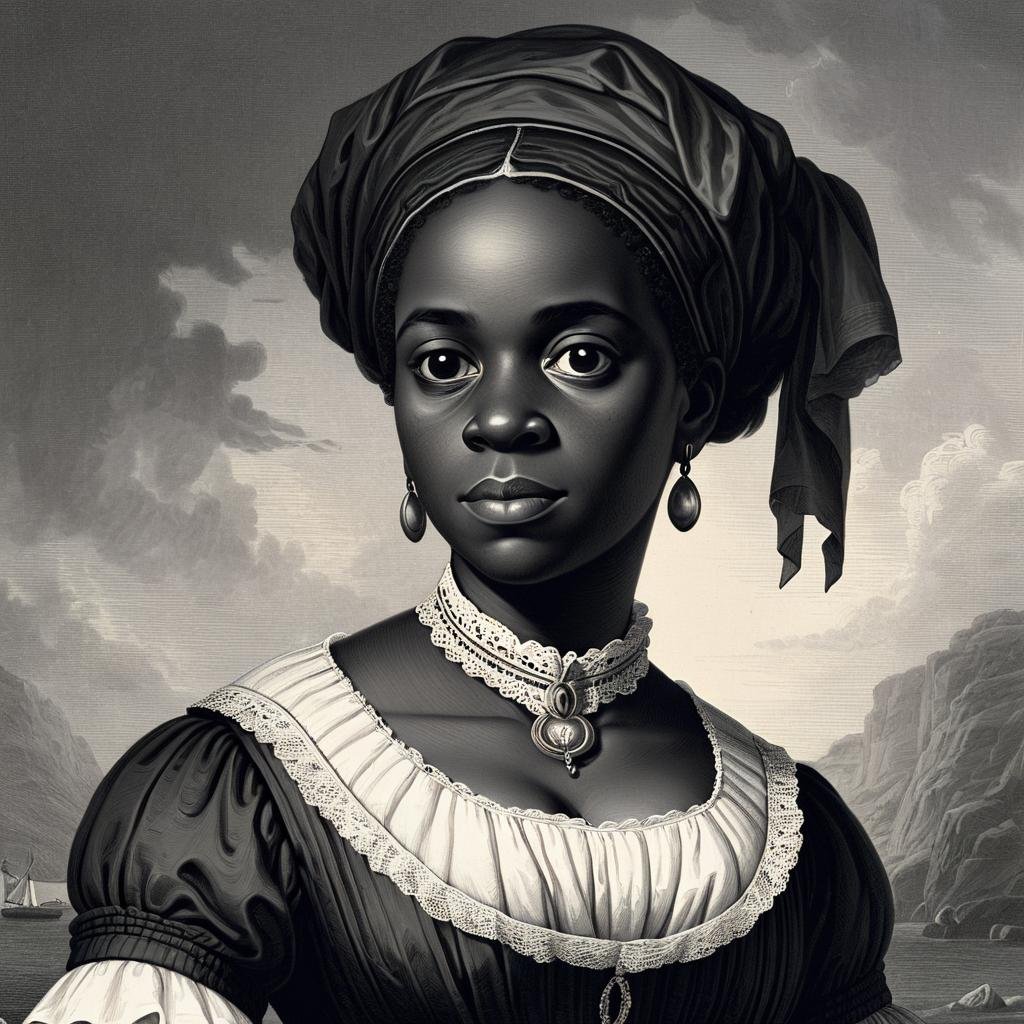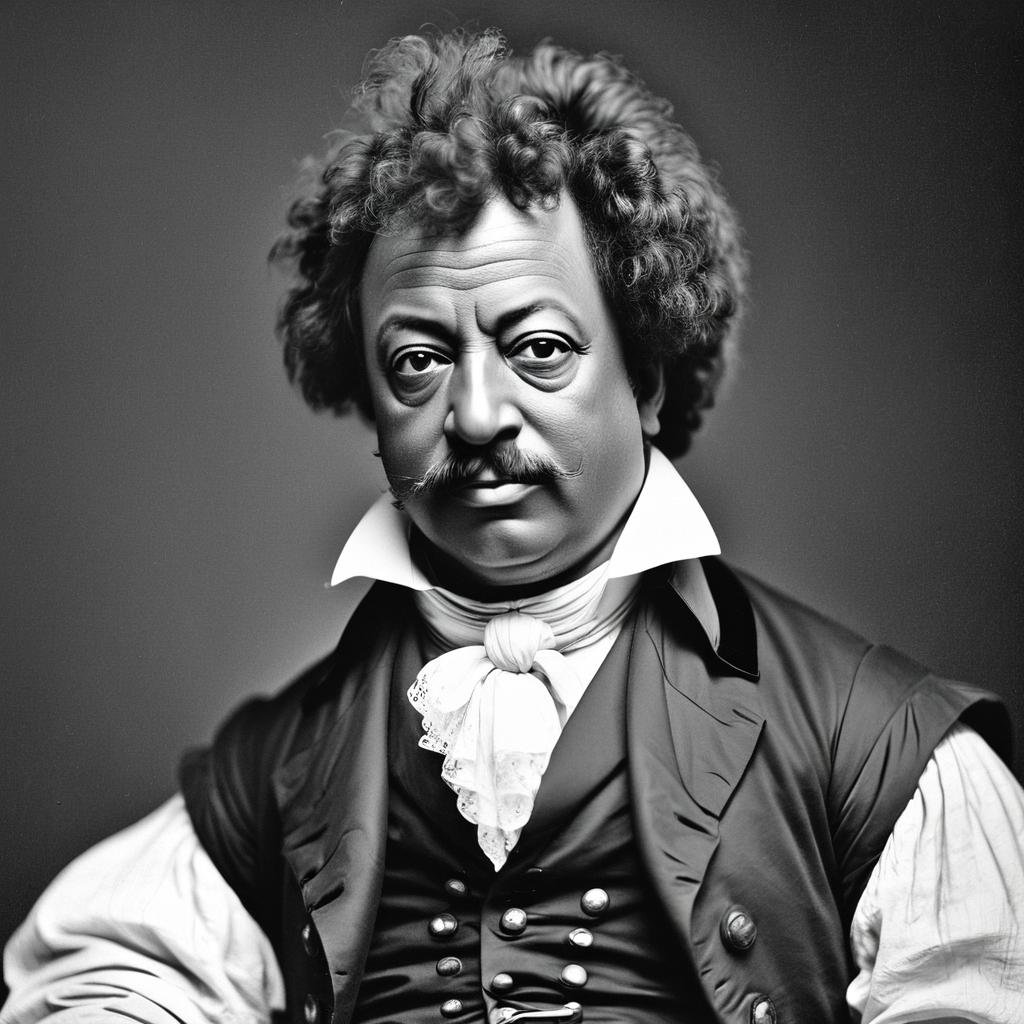18th - 19th Century Black Historical Hidden Figures
In the second part of our Black hidden profile series, we journey to 18th and 19th century Europe, during the era of enlightenment. Where ideals such as liberty, progress, tolerance and fraternity were advanced and the moral implications of slavery began to creep into the conscience.
Approximately 20,000 Black people lived in Britain during this period, several thousand in France and thousands over the rest of Europe too. And as expected they contributed to society and of course influenced culture, which has had a lasting impact.
Stories of named Black women were not really captured during this era, with the exceptions of Dido, Black Harriet the mistress to the elite, Ann Duck, prostitute and criminal and Mary Prince who we will talk about later. It will probably take a deeper dive to find more but hopefully surfacing with some jewels.
George Bridgewater (1780-1860)
The classical violinist and composer, was born in Poland to an Eastern European mother and Caribbean father who was a servant to Prince Esterhazy of Hungary. His early childhood years were spent living in the opulent castle of the Prince, (known for his extravagance and love of music) which had an opera house and puppet theatre and the renowned composer Joseph Haydn at his disposal.
George Bridgewater
The George absorbed all around him, by the time he and his parents moved to London at the age of 10, he was a professional violinist and frequently performed with the Royal Philharmonic Society Orchestra. The Prince of Wales took an interest in an 11 year old George and placed him in his care with the best tutors in the country. In April 1803, at the age of 14 and fluent in English, French, German, Italian and Polish, the now celebrated and famous violinist arrived in the musical capital of the world, Vienna.
His talent led him to meet Beethoven, who was instantly impressed with George and was inspired to compose a sonata, especially for him. They performed it once together to a mesmerised audience. Unfortunately their relationship soured soon after, when a naive George apparently made unfavourable remarks about a woman Beethoven had a liking to. He withdrew his dedication of the sonata and gave it to French violinist Rodolphe Kreutzer.
George went off to study and earn a bachelor's degree in music from Cambridge, where he also taught and composed. In his much later years he lost his fame and it seemed his money too. He is believed to have lived in a care home in Peckham South London before he died in February 1860.
Mary Prince (1788-1833)
Abolitionist and author was born into slavery on the island of Bermuda. Mary was considered property by 5 different Bermudian slave-owners that resided in Bermuda, Antigua and Grand Turk Island. As a slave Mary experienced the horrors and brutality of slavery as a child to early adulthood. Being sold to up to £100 in Bermudian currency to different slave-owners and separated from family.
Mary Prince
Mary’s final years as a slave were with the Darrel family in Antigua where she worked for 13 years. She joined a Moravian congregation with missionaries that provided an education to Black people. On Christmas of 1826, Mary married a free Black man called Daniel James which angered the Darrels as she did so without permission. A year later, Mary was brought to London separating her from her husband. But this also made Mary a newly free woman.
London was welcoming to Mary and many offered her clothes and money as well as paying jobs. Most notably, kindness came from Thomas Pringle who was part of the early abolitionist movement and lobbied for her to return to Bermuda as a free person.
With parliament refusing to allow her to return free, Mary, believing in the power of her voice, decided to get her story of enslavement into print. Susanna Strickland, a young abolitionist, compiled it and Pringle edited the manuscript. In The History of Mary Prince, A West Indian Slave, Related by Herself published in 1831, Mary was able to counter the narrative that slavery in Bermuda was subtle and slave-owners benevolent. With her account, plus those of Louis Asa-Asa and Charles Ignatious Sancho , played pivotal roles in the abolition of slavery in 1833.
Alexandre Dumas (1802-1870)
Prolific writer & author of Three Musketeers was born in France. His African heritage stems from his paternal grandmother who was an enslaved Haitian. In the 1820s Dumas wrote for magazines and wrote plays, his first being Henry 111 and His Courts, followed by Christine. They were both big hits and afforded him enough money to become a full-time writer.
Alexandre Dumas
After participating in the Revolution and witnessing the industrial change of France, Dumas began to write novels. He set-up a studio staffed with writers that published serialised stories which were widely read and generated a substantial income. This allowed Dumas to indulge in a lavish lifestyle that would sometimes leave him penniless before his next story was published. His novels were a mix of historical facts and figures such as The Count of Monte Cristo published in 1846. Dumas is easily one of the most celebrated writers of the 19th century, with his novels being adapted to nearly 200 films.




